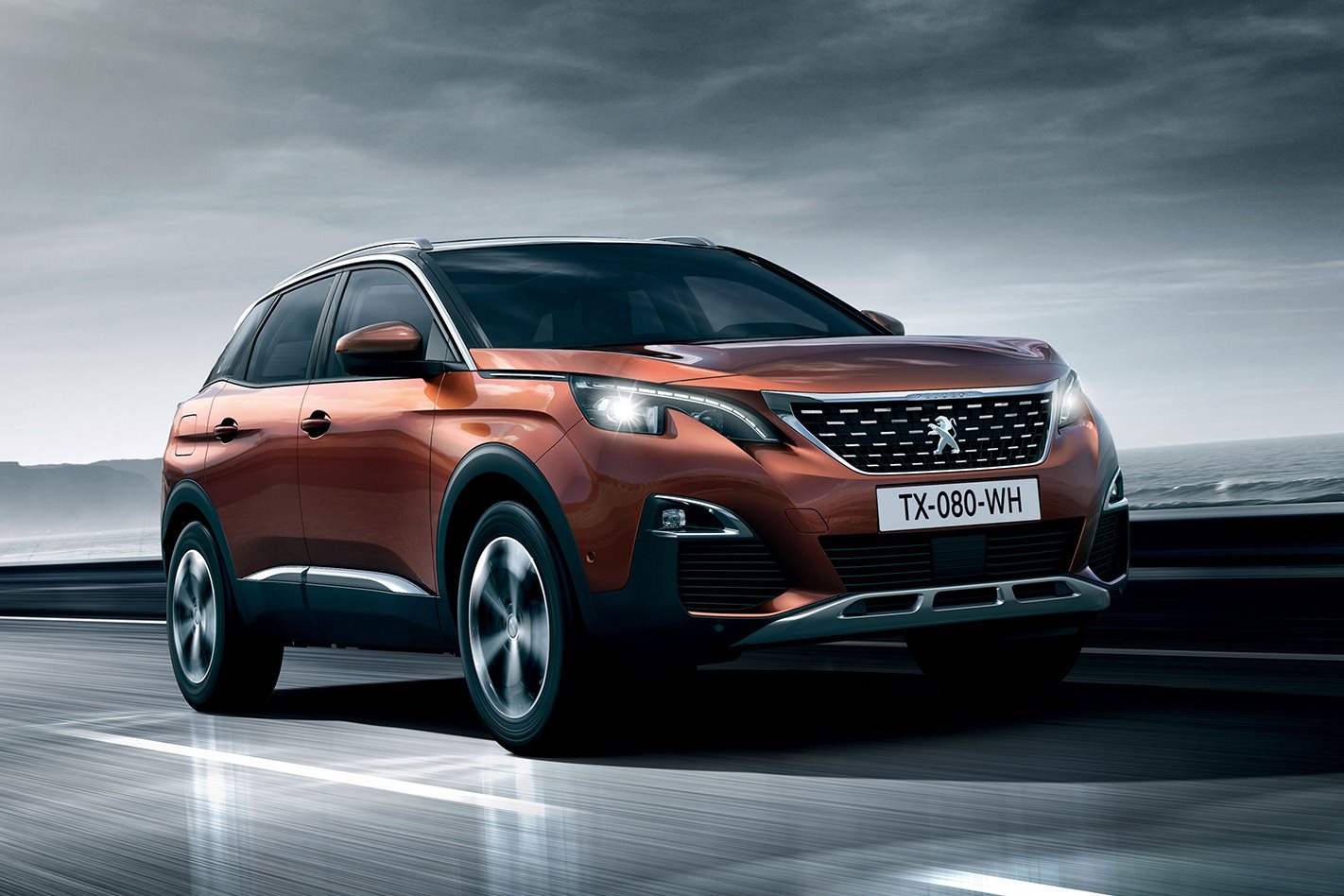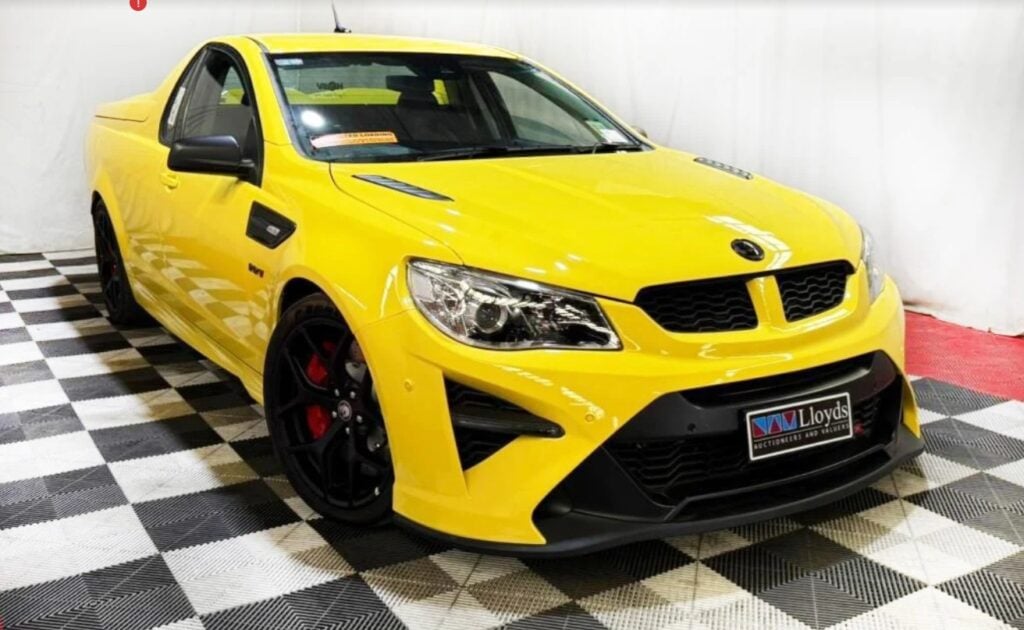Peugeot unveiled its second-generation 3008 overnight, revealing a model that is bigger yet lighter than the original crossover-style model that was released in 2008.
The new 3008, due locally in 2017, shares its lighter-weight platform with the hugely likeable 308 hatch that was a Wheels Car of the Year finalist in 2015.
Inspired by the 2014 Quartz concept, the 3008 grows by 80mm to be within 90mm of Mazda’s hugely popular CX-5, with most of the extra length devoted to extending the wheelbase. Rear legroom increases by 24mm as a result, though elbow room and rear headroom also increase despite width and height remaining unchanged.
Boot space expands by nearly 90 litres to 520L.

Inside, a smaller steering wheel with flat top and bottom sections is familiar from the Peugeot 308, though the 3008 ramps up Peugeot’s i-Cockpit dash concept with a 12.3-inch display that ditches analogue dials for an entirely digitised set-up.
The driver can choose from an “a la carte” configuration menu, with five possible display modes.
An i-Cockpit Amplify feature is one many would say could only come from a French car manufacturer: pressing the corresponding button enhances ambient lighting, boosts sound from the audio, engages the seat massage function (where fitted) and prompts the fragrance diffuser to dispense a pleasant smell.

A centre console dial allows the driver to tailor the 3008’s traction control system to varying terrain, with Normal, Snow, Mud, Sand and ESP Off modes.
Engine options for Peugeot Australia to choose from are also largely familiar, including 1.2L three-cylinder and 1.6-litre four-cylinder petrols, and 1.6-litre and 2.0-litre diesels. They’re mated to either a manual or auto with six speeds.
Fuel consumption and emissions are helped by the weight of the 3008 being reduced by 100kg on average across the range.
New driver aids available on the 3008 include autonomous emergency braking, fatigue warning, road-sign recognition, semi-automatic parking, and 360-degree camera.






